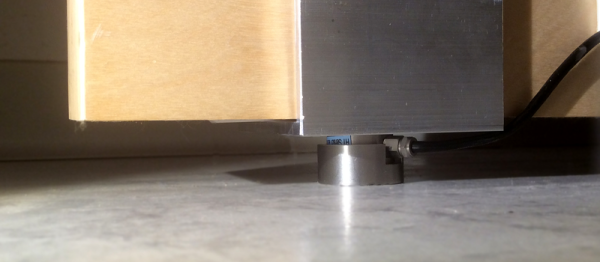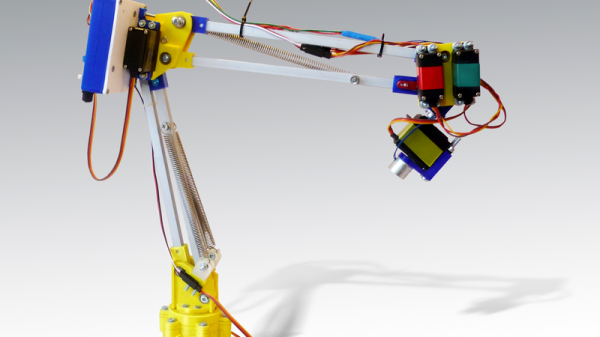When the average person looks at a bed, they think about sleeping. Because that’s what beds are for. You cover them with soft, warm cloths and fluffy pillows and you sleep on them. [Peter] is not your average person. He’s a maker. And when he looks at a bed, he thinks about giving it the ability to track his weight.
The IKEA bed has four Chinese-made TS-606 load cells under each foot with custom aluminum enclosures. Each one goes to an HX711 analog-to-digital converter, which offers a 24 bit resolution. These feed an Arduino Nano which in turns connects to a Raspberry Pi via USB to UART bridge. Connecting to the Pi allows [Peter] to get the data onto his home network, where he plots the data to gnuplot.
This smart bed doesn’t just track [Peter’s] weight. It can also track the weight of other people in the house, including his pets. Be sure to check his GitHub for full source code.






















